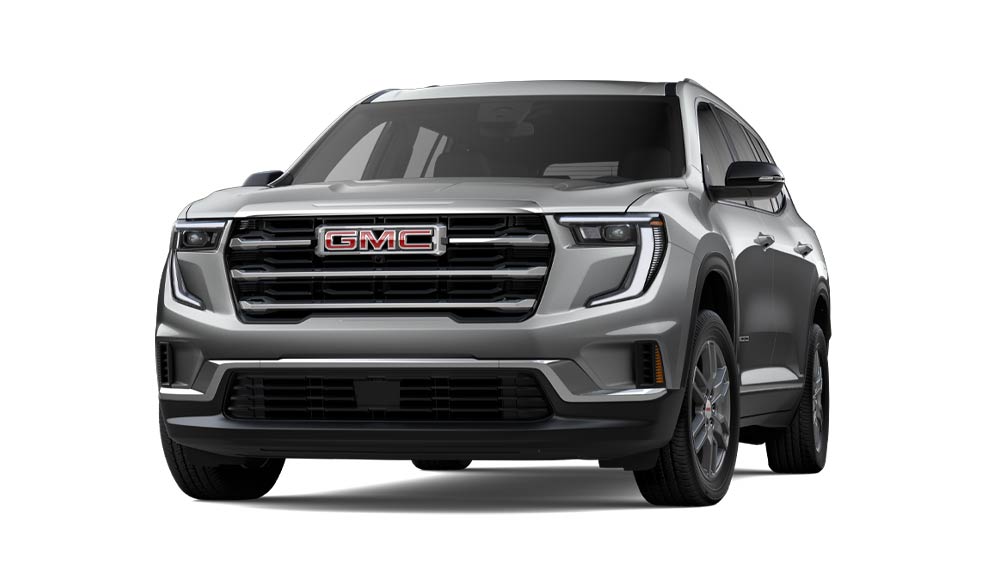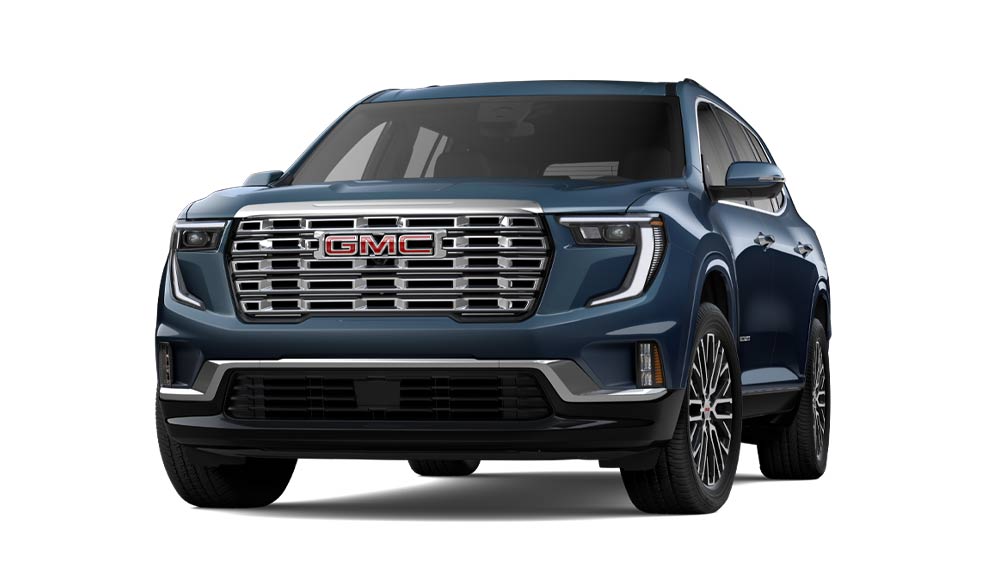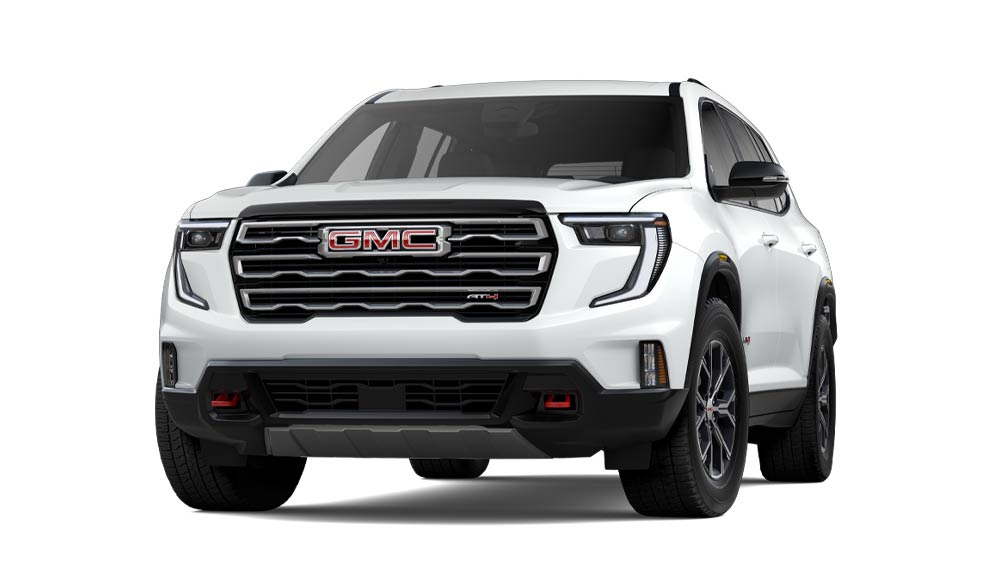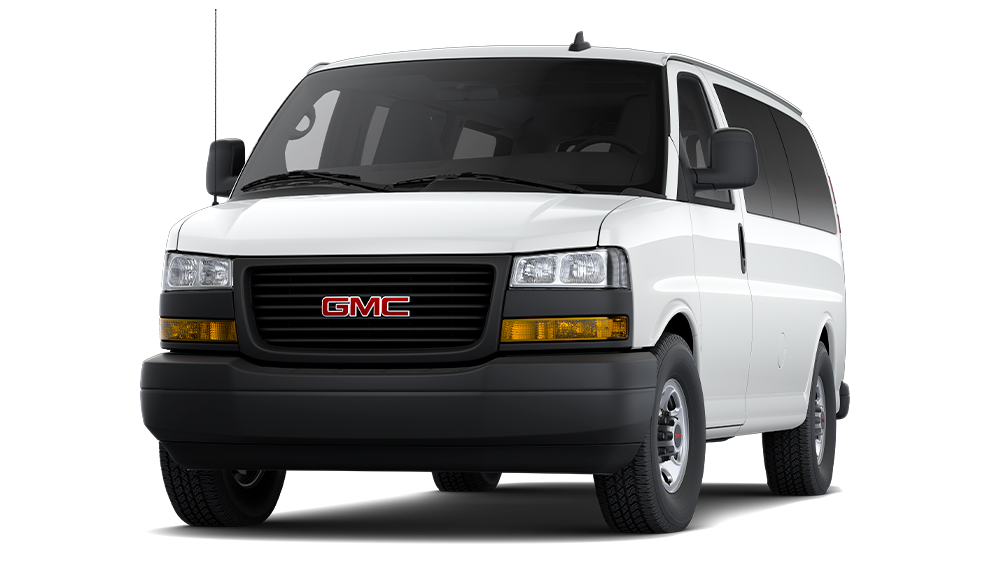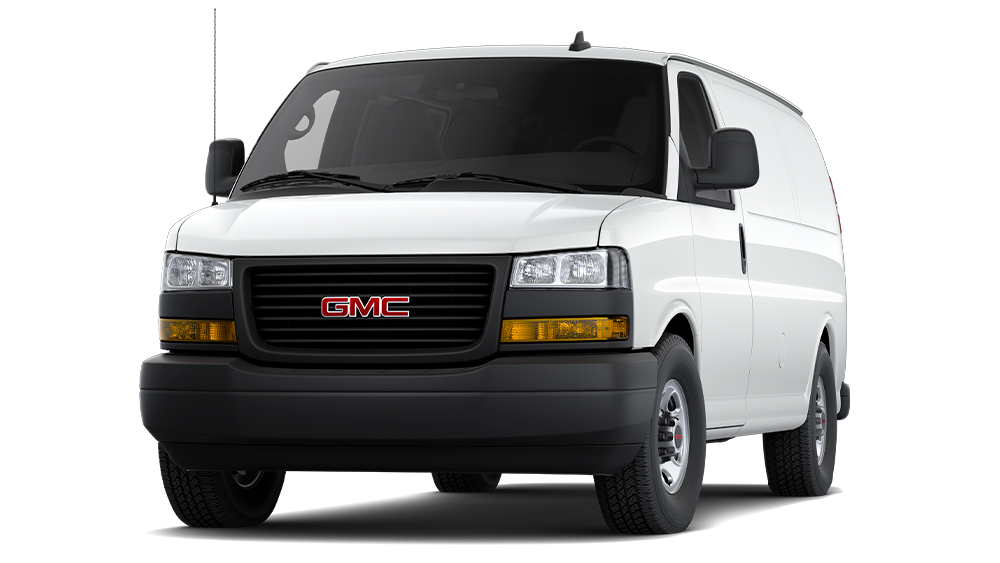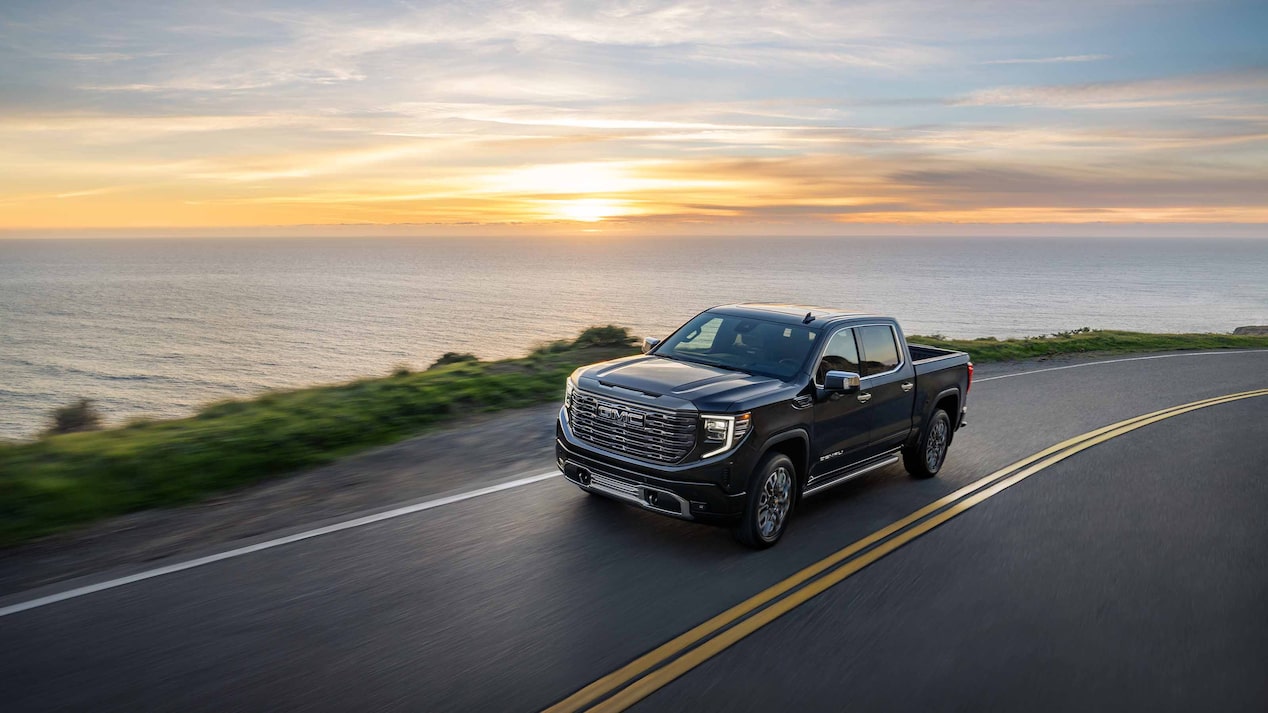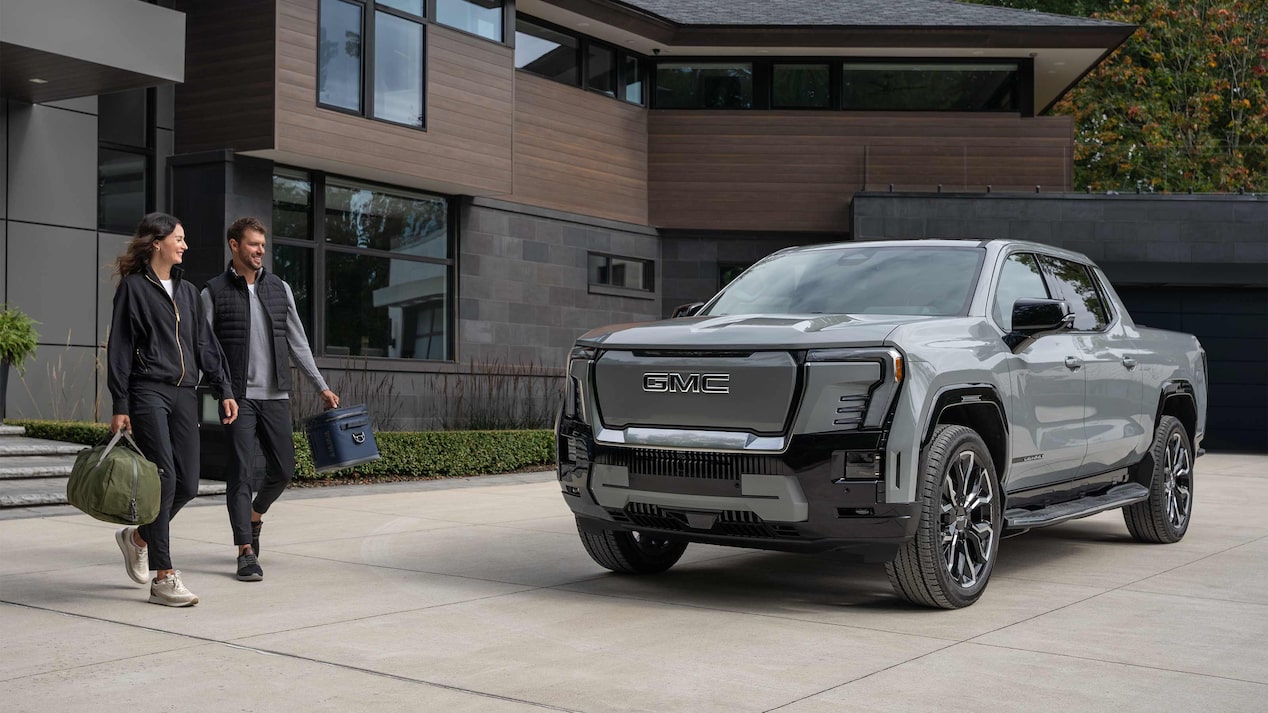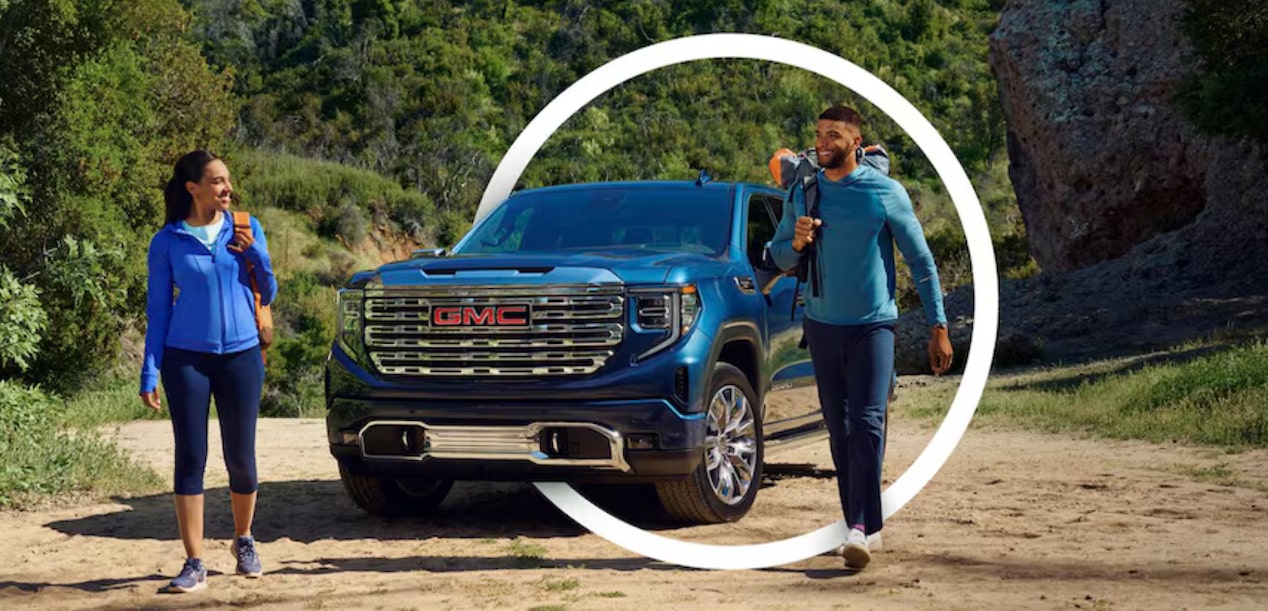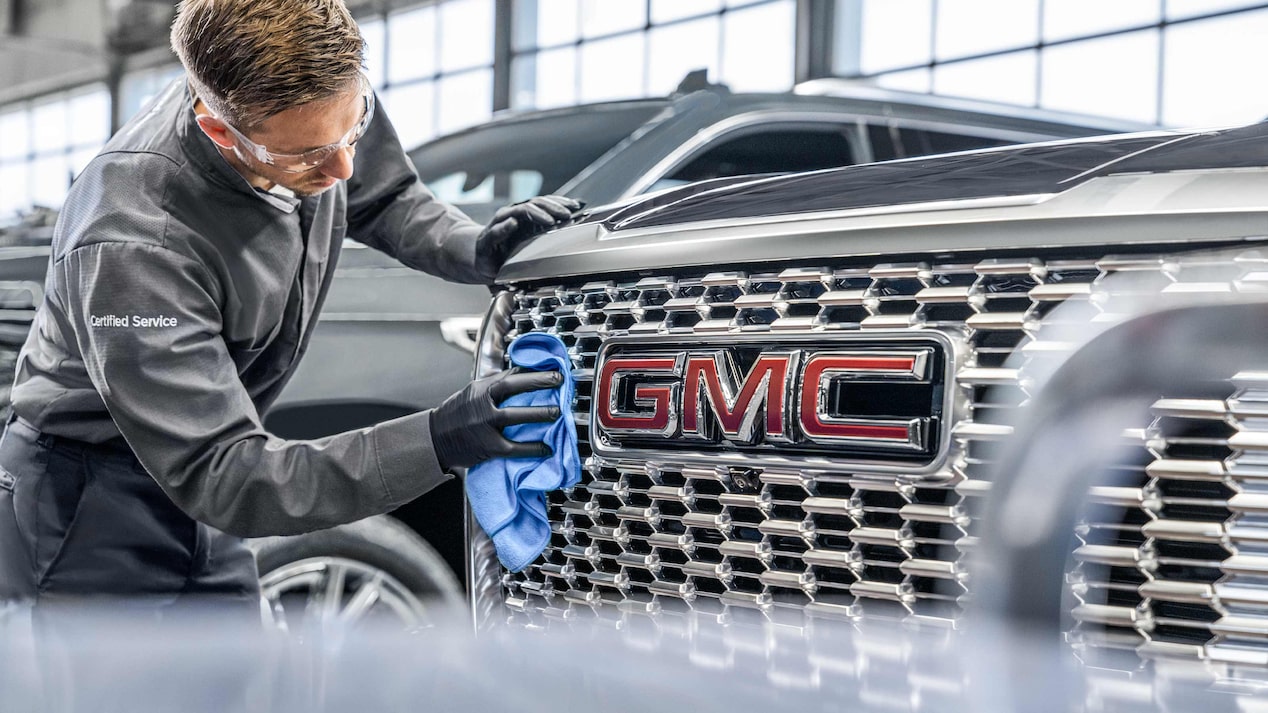LEARN TO CHARGE YOUR EV AT HOME
You can charge your electric vehicle in the convenience of your own home with two levels of
ABOUT CHARGING YOUR ELECTRIC VEHICLE AT HOME
You can charge your electric vehicle at home with two levels of charging that each offer a different rate of charge. When charging at home, power from the electrical grid will reach your vehicle through alternating current (AC) in the form of Level 1 or Level 2 charging. Your rate of charge will depend on which level of charging you use.
Level 1 charging can be done at almost any properly equipped standard 3-prong (120V) wall outlet. This type of charging should only be used when no other charging stations are available on the way to your destination.
Faster Level 2 charging requires a 240V outlet for portable charge cords or a hardwired home wall charger, both available for professional installation at your home or personal charging location. This kind of charging offers charge rates that range from 3.6 kw to 19.2 kw, depending on your vehicle and charging equipment's capacity.
Common charging levels include:
1. 7.7
3. 19.2
Your vehicle will automatically adjust its charge rate to achieve the maximum speed of charge that both the vehicle and power source share.
The in-vehicle Charging and Vehicle Status apps and energy features within your vehicle’s mobile
HOW TO CHARGE YOUR ELECTRIC VEHICLE AT HOME
Before Charging:
4. Set your preferred charging settings in the Charging app on your vehicle’s center display:
a. Choose to either Charge Now (to begin charging immediately) or Charge Later (to delay charge and then automatically begin charging later) and select a future time on the center display.
b. Set a target charge level by dragging the gauge marker or tapping the up and down arrows to the percentage of your choosing.
c. Toggle cabin preconditioning on or off.
d. Set a home location and a charging schedule with a per-day setting.
IMPORTANT: Your vehicle will remember the setting you choose and keep that setting, even if you turn your vehicle off and back on again.
Plugging In Your Vehicle
To Start Charging:
1. Park your vehicle and go to the charging port on the outside of the vehicle:
a. Press the rear edge of the port door to pop it open.
b. If your vehicle has a motorized charge port door, press the emblem or indicator on the door to open it.
2. Plug the charge cord into the vehicle’s inlet beneath the door. Here’s how Level 1 and Level 2 (AC) charging work:
a. Level 1 charging: Both the Level 1 Charge Cord and Dual Level Charge Cord (with the 3-prong plug) allow Level 1 charging (120V) from common household outlets.
b. Level 2 charging: The charge cord included with your vehicle’s lease or purchase can charge at an electrician-installed and inspected charging
How to Stop Charging and Unplug Your Vehicle at Home
To stop charging, you can do the following:
1. Stop charging virtually with:
a. The In-Vehicle Charging app
b. Your vehicle’s mobile app
2. Press the latch release button located at the top of the vehicle coupler
To unplug your vehicle, press the latch release button and carefully unplug the charge cord from the vehicle’s inlet.
Note: You do not have to wait for a charge to complete to stop charging your vehicle. If the charge cord cannot be unplugged from the vehicle, refer to your Owner’s Manual for instructions on how to proceed.
Note: On some vehicles, if you leave your charge port door open and open the driver door, you’ll hear three beeps to remind you to close it.
Power Charge Port Door:
If your vehicle has an automated charge port door, it will shut on its own when you shift out of PARK.
For your security, please don’t include personal info such as phone number, address or credit card details.
RELATED LINKS AND RESOURCES
Q&As
LOOKING FOR SOMETHING ELSE?
To find out if your vehicle has this feature, contact your dealer or refer to your vehicle’s equipment list. Please check your Owner’s Manual for more information about features.









